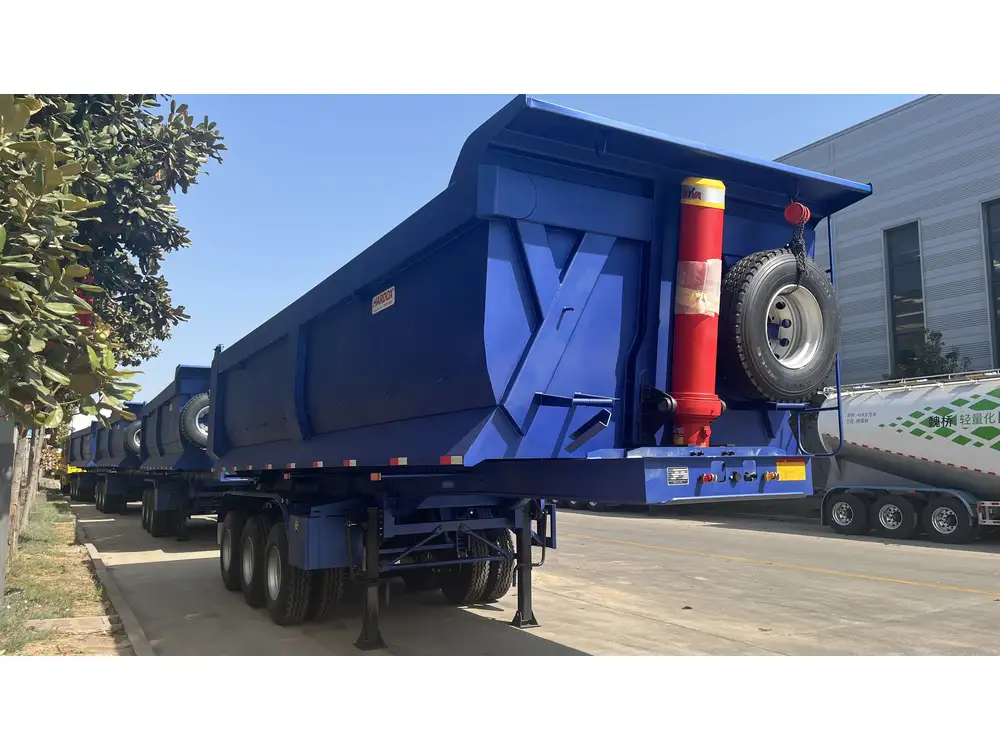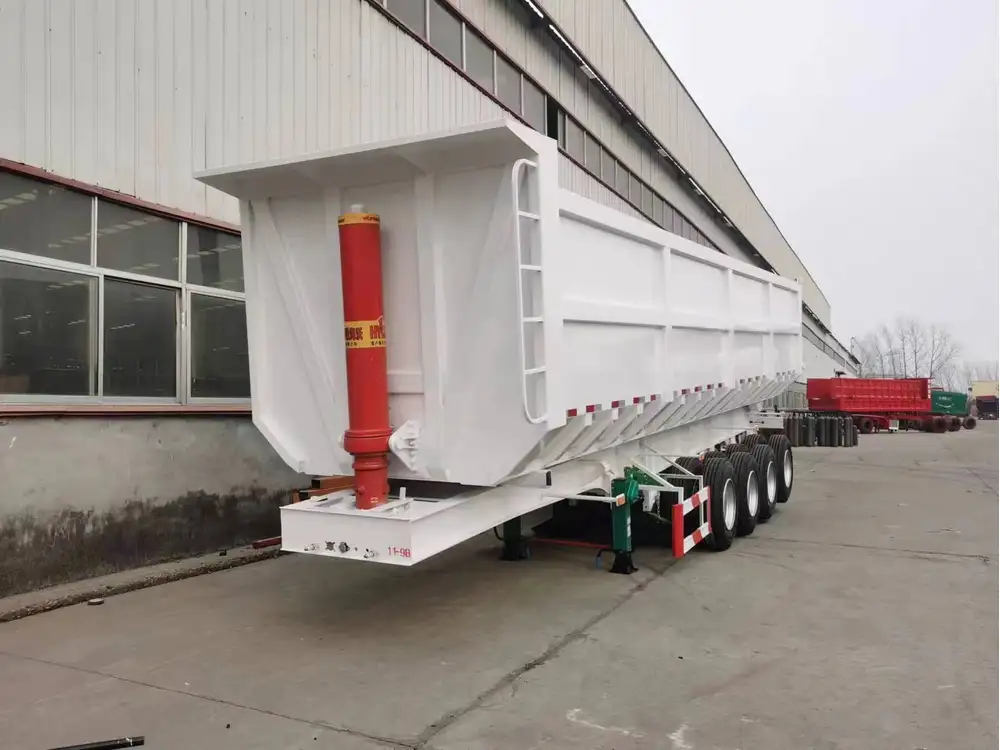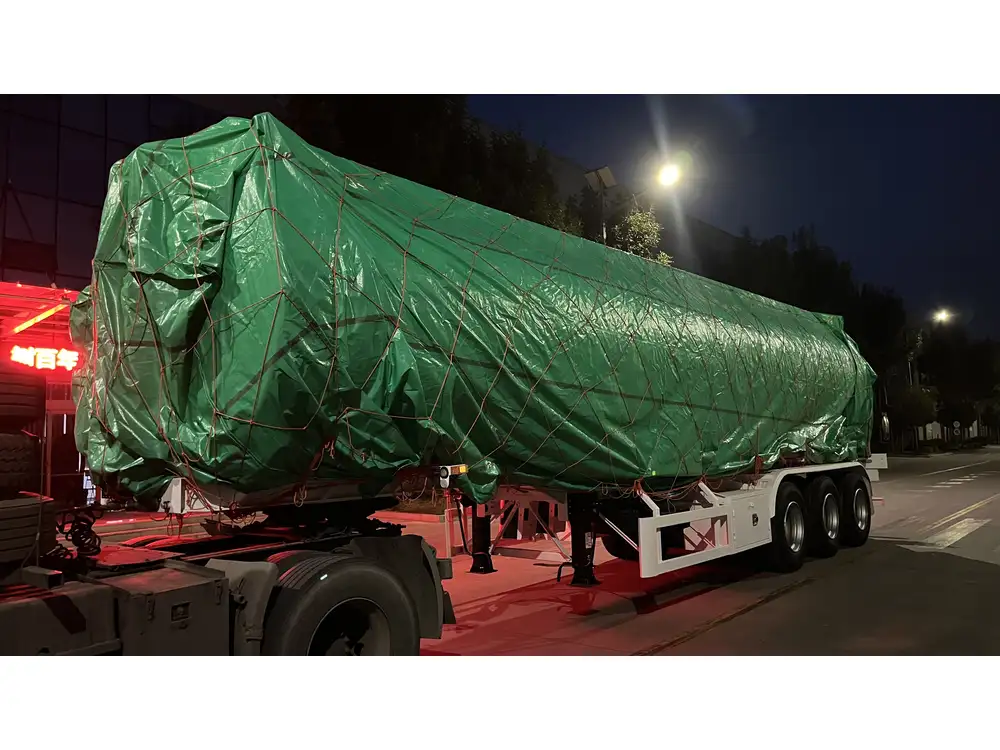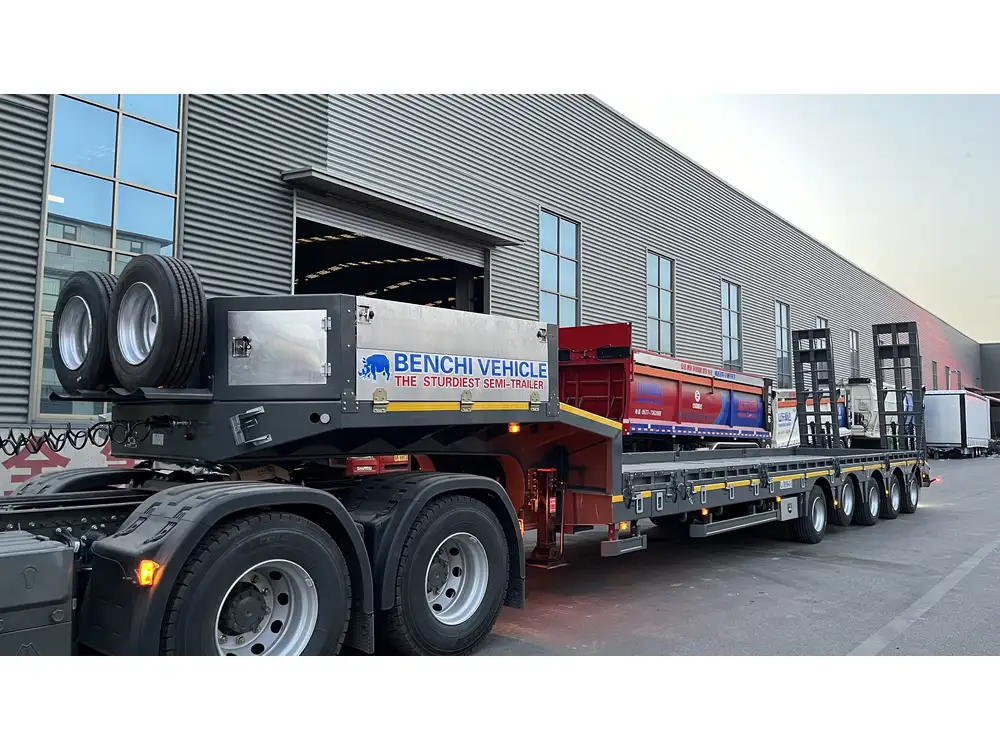When it comes to the logistics and transportation industry, knowing how to properly disconnect a semi-trailer is essential for ensuring safety, efficiency, and preventing damage to both the trailer and the vehicle. This guide is designed to walk you through the process in a structured and comprehensive manner, uncovering the intricate details and potential pitfalls that you may encounter. By the end, you will be equipped with practical knowledge that encompasses every critical step necessary for a successful disconnection of a semi-trailer.
Understanding the Components of a Semi-Trailer
Before diving into the disconnection process, it’s vital to comprehend the parts involved:
| Component | Description |
|---|---|
| Fifth Wheel Coupling | The mechanism that connects the tractor to the trailer. It pivots and locks securely while in operation. |
| King Pin | The fixed pin on the trailer that locks into the fifth wheel. |
| Landing Gear | The adjustable legs that support the trailer when disconnected from the truck. |
| Air Lines | Tubing that supplies air pressure to the trailer’s brakes and suspension systems. |
| Electrical Connections | Wiring that facilitates power to lights and other trailer systems. |
Understanding these components will provide context on how to effectively and safely disconnect your semi-trailer.
Preparation Before Disconnecting a Semi-Trailer

Safety First
- Wear Appropriate Gear: Always don high-visibility clothing and safety gear, including gloves and steel-toed boots.
- Conduct a Safety Inspection: Prior to disconnection, ensure that the area is free of obstructions and that both the truck and trailer are positioned on stable, level ground.
Gather Necessary Tools
Upon ensuring safety, assemble the tools required to facilitate disconnection:
- Wrenches (for securing bolts)
- A flashlight (if working in dim conditions)
- Wheel chocks (to prevent accidental movement)
- A tool pail (for holding tools and miscellaneous items)
Disconnecting the Semi-Trailer: A Step-By-Step Guide

Step 1: Positioning the Vehicle
Begin by aligning the tractor with the trailer, ensuring that the feet of the landing gear are fully extended and the king pin is securely engaged with the fifth wheel.
- Back the Tractor: Reverse the tractor towards the trailer until the king pin engages with the fifth wheel.
- Ensure Stability: Double-check that the tractor is stationary and secure.
Step 2: Depressurizing the Air System
To maintain safety, it’s crucial to disconnect the air lines and electrical connections before proceeding further.
- Locate the Air Lines: Identify the two separate air lines that enable braking and suspension.
- Disconnect the Lines: Pull apart the quick-release fittings on both lines, listening for the release of air pressure.
- Cap the Lines: For safety and maintenance, cap the air lines with appropriate attachments to prevent contamination.
Step 3: Electrical Connection Removal
With the air lines disconnected, move on to the electrical connections.
- Identify the Electrical Receptacle: Usually located at the rear of the tractor, recognize where the trailer lights connect.
- Carefully Disconnect: Firmly grasp the receptacle and pull it apart from the tractor plug.
- Check for Damage: Inspect the electrical connectors for wear or damage before proceeding.

Step 4: Adjusting the Landing Gear
Next, lower the landing gear to lift the trailer off the fifth wheel.
- Position the Landing Gear: Ensure that both legs of the landing gear are lifted simultaneously to maintain stability.
- Crank Down: Turn the landing gear crank until the legs firmly touch the ground, supporting the weight of the trailer.
Step 5: Unlocking the Fifth Wheel
Now, it’s time to disengage the fifth wheel from the king pin.
- Check the Locking Mechanism: Pay attention to the indicator that shows whether the fifth wheel is locked or unlocked.
- Activate the Release Handle: Pull the release handle, usually located at the back of the fifth wheel.
- Double-check the Mechanism: Ensure that the fifth wheel unlocking is complete by visually checking that the king pin has been released from the coupling.
Step 6: Final Detachment of the Trailer
Once everything is detached, proceed to pull the tractor away from the trailer.
- Slowly Drive Forward: Gradually accelerate, keeping an eye on the trailer’s position, ensuring it remains steady.
- Clear Distance: Once a safe distance has been achieved, stop the tractor to verify the secure placement of the trailer.

Step 7: Post-Disconnection Checks
Conclude the process by performing final checks to ensure safety and readiness for future operations.
- Secure the Trailer: Engage the wheel chocks and ensure the landing gear remains firmly in place.
- Inspect for Issues: Look for any visible problems or damage that may need addressing before the next haul.
- Document the Process: Maintain records of each disconnection for your safety auditing and operational efficiency tracking.
Common Mistakes to Avoid When Disconnecting a Semi-Trailer
Despite being a straightforward procedure, several pitfalls can arise during the disconnection of a semi-trailer. Awareness of these common errors can prevent accidents and operational inefficiencies:
- Neglecting Safety Protocols: Failing to use safety gear or perform checks can lead to accidents.
- Inadequate Ground: Disconnecting on a slope or uneven surface may cause instability.
- Ignoring Air Pressure: Not properly depressurizing the air system can lead to sudden releases, causing injury.
- Rushing the Process: Always take your time to ensure every step is performed correctly; haste can cause oversights.
Frequently Asked Questions

How often should I inspect my semi-trailer connections?
Regular inspections should be conducted before every haul. This includes checking the fifth wheel, air lines, and electrical connections to ensure reliable operation and safety.
What should I do if the fifth wheel won’t unlock?
If the fifth wheel resists unlocking, inspect for debris or dirt around the mechanism. If necessary, lubricate the moving parts, or consult your maintenance manual for troubleshooting steps.
Can I disconnect a semi-trailer alone?
While it is possible to disconnect alone, it is advisable to have a partner assist for safety, particularly when handling heavy equipment.

Are there any specific legal regulations regarding semi-trailer disconnection?
Regulations can vary by country and region. Therefore, always refer to your local Department of Transportation guidelines for specifics on safety measures and operational compliance.
Conclusion
Successfully disconnecting a semi-trailer demands attention to detail, safety-conscious practices, and a methodical approach. By following the outlined steps and avoiding common pitfalls, operators can ensure not only their own safety but also the integrity of their equipment. Regular training and adherence to safety protocols will further solidify your operations’ reliability and efficiency in this crucial aspect of the logistics industry. Whether you are a seasoned professional or a newcomer to the field, this guide equips you with the necessary insights to perform disconnections safely and competently.



